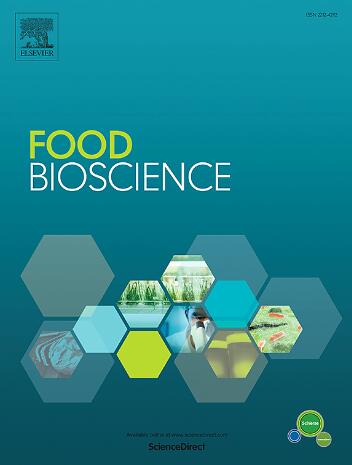Lemon-derived exosome-like nanovesicles: A promising avenue for drug delivery system and therapeutic applications in biomedical science
IF 4.8
1区 农林科学
Q1 FOOD SCIENCE & TECHNOLOGY
引用次数: 0
Abstract
Extracellular vesicles (EVs) are naturally occurring, phospholipid bilayer-enclosed vesicles that offer high bioavailability and minimal invasiveness, making them promising candidates for disease treatment, drug delivery vectors, and effective biomarkers for disease detection and diagnosis. As researchers continue to discover and characterize EVs from various origins and biogenesis, their role in intercellular communication for diagnostic and therapeutic purposes becomes increasingly clear. Plant-derived exosome-like nanovesicles (PELNs) are of particular interest due to their compatibility, low toxicity, high bioavailability, ease of absorption, and inherent therapeutic activities. Among the diverse plant sources, lemons stand out for their high nutritional value and wealth of phytochemicals and bioactive components. Recently, there has been significant research into PELNs, focusing on their pharmacological properties and potential applications in drug delivery. This review centres on lemon-derived exosome-like nanovesicles (LELNs), exploring their extraction methods, biological and therapeutic potential, and applications as effective drug delivery systems. By highlighting these aspects, we aim to encourage further research into LELNs to uncover additional properties and potential biomedical applications.
柠檬衍生的外泌体样纳米囊泡:一种有前途的药物输送系统和生物医学治疗应用途径
细胞外囊泡(EVs)是天然存在的磷脂双层封闭囊泡,具有高生物利用度和最小侵入性,使其成为疾病治疗、药物传递载体和疾病检测和诊断的有效生物标志物的有希望的候选者。随着研究人员不断发现和表征各种起源和生物发生的电动汽车,它们在诊断和治疗目的的细胞间通讯中的作用变得越来越清楚。植物源性外泌体样纳米囊泡(peln)由于其相容性、低毒性、高生物利用度、易于吸收和固有的治疗活性而受到特别关注。在众多的植物来源中,柠檬以其高营养价值和丰富的植物化学物质和生物活性成分而脱颖而出。近年来,人们对peln进行了大量的研究,主要集中在其药理特性和在药物传递中的潜在应用。本文综述了柠檬衍生的外泌体样纳米囊泡(LELNs),探讨了其提取方法、生物学和治疗潜力以及作为有效药物传递系统的应用。通过强调这些方面,我们的目标是鼓励对leln的进一步研究,以发现其他特性和潜在的生物医学应用。
本文章由计算机程序翻译,如有差异,请以英文原文为准。
求助全文
约1分钟内获得全文
求助全文
来源期刊

Food Bioscience
Biochemistry, Genetics and Molecular Biology-Biochemistry
CiteScore
6.40
自引率
5.80%
发文量
671
审稿时长
27 days
期刊介绍:
Food Bioscience is a peer-reviewed journal that aims to provide a forum for recent developments in the field of bio-related food research. The journal focuses on both fundamental and applied research worldwide, with special attention to ethnic and cultural aspects of food bioresearch.
 求助内容:
求助内容: 应助结果提醒方式:
应助结果提醒方式:


